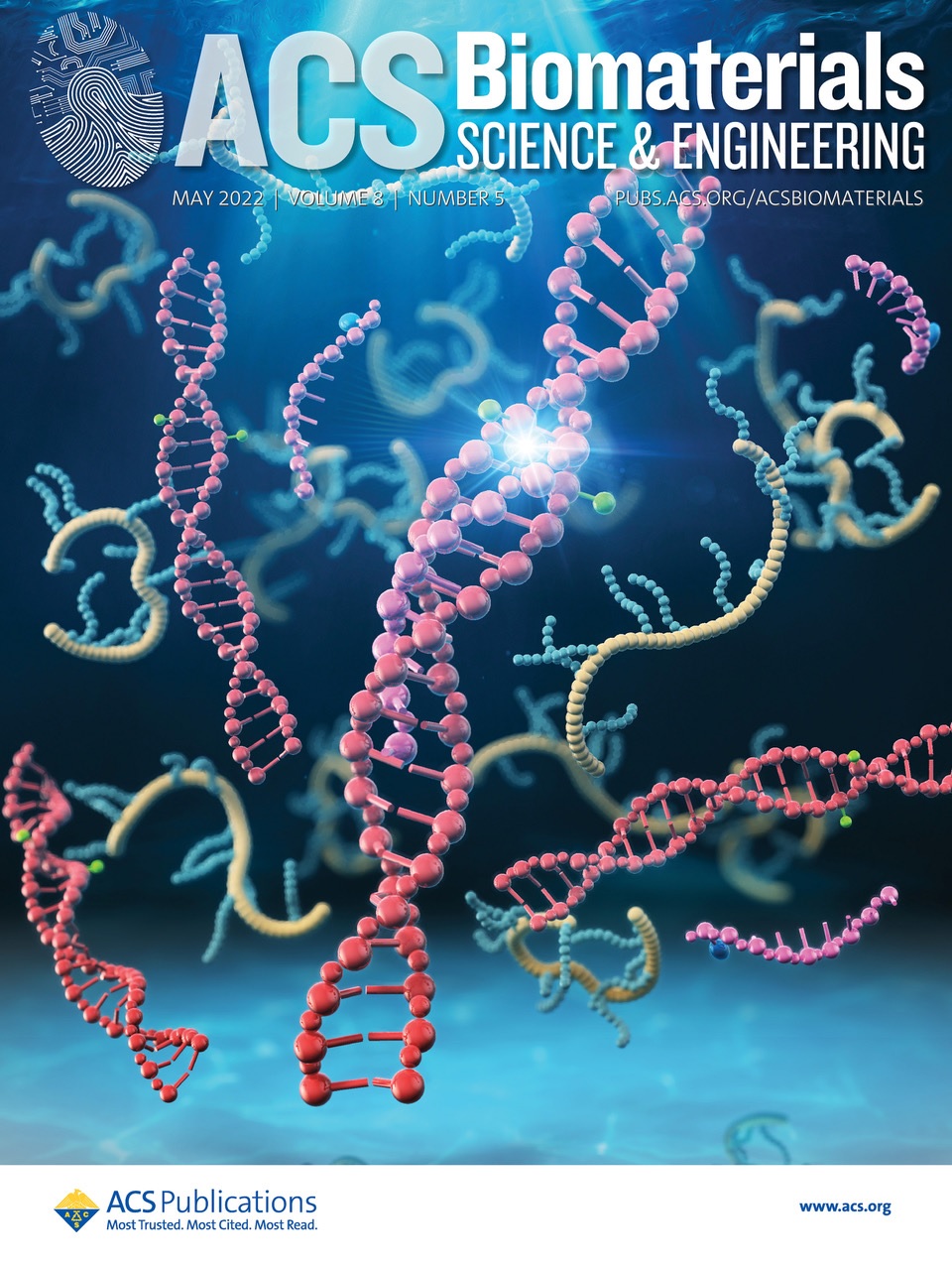代谢组图谱和转录组分析揭示镁转运系统在茶树镁平衡中的关键作用
IF 5.4
2区 医学
Q2 MATERIALS SCIENCE, BIOMATERIALS
引用次数: 0
摘要
镁(Mg2+)是茶树生长发育的关键营养元素,与茶叶品质密切相关。然而,茶树应对低Mg2+胁迫的内在机制仍不为人知。本研究利用光合参数、代谢组学和转录组学探讨了低Mg2+对茶树生长和代谢的潜在影响。低 Mg2+ 处理提高了中华皂苷的芽干重与根干重之比,但降低了中华皂苷的光合作用。Mg2+的缺乏分别影响了40种和30种代谢物。转录组和代谢组的综合分析揭示了叶绿素(Chl)和儿茶素含量减少以及茶氨酸含量增加的可能原因。加权基因共表达网络分析表明,Mg2+转运系统是调控中华皂苷Mg2+平衡的关键,其中CsMGT5是关键调控因子。此外,在体内沉默 CsMGT5 会降低拟南芥嫩枝中 Chl 的含量。此外,CsMGT5可能与铵转运体合作,保持氨基酸含量的稳定,这表明它有可能应用于茶叶品质的改善。所有这些发现证明了CsMGTs在中华茶树Mg2+平衡中的关键作用,为植物高效利用Mg2+提供了理论依据。本文章由计算机程序翻译,如有差异,请以英文原文为准。
Metabolome profiling and transcriptome analysis unveiling the crucial role of magnesium transport system for magnesium homeostasis in tea plants
Magnesium (Mg2+) is a crucial nutrient for the growth and development of Camellia sinensis and is closely related to the quality of tea. However, the underlying mechanisms responding to low-Mg2+ stress in tea plants remain largely unknown. In this study, the photosynthetic parameters, metabolomics, and transcriptomics were utilized to explore the potential effects of low-Mg2+ on the growth and metabolism of C. sinensis. Low-Mg2+ treatment increased the ratio of shoot dry weight to root dry weight but decreased the photosynthesis of C. sinensis. Forty and thirty metabolites were impacted by Mg2+ shortage in C. sinensis shoots and roots, respectively. Integrated transcriptome and metabolome analyses revealed the possible reasons for the decreased contents of chlorophyll (Chl) and catechins and the increased theanine content in C. sinensis roots. Weighted gene co-expression network analysis indicated that Mg2+ transport system was essential in regulation of Mg2+ homeostasis in C. sinensis, in which CsMGT5 was identified to be the key regulator according to CsMGT5-overexpressing and complementary assays in Arabidopsis thaliana. Moreover, silencing of CsMGT5 in vivo reduced the content of Chl in C. sinensis shoots. In addition, CsMGT5 might collaborate with ammonium transporters to keep the steady of amino acids contents, suggesting its potential application for tea quality improvement. All these findings demonstrate the key roles of CsMGTs for Mg2+ homeostasis in C. sinensis, providing theoretical basis for Mg2+ efficient utilization in plants.
求助全文
通过发布文献求助,成功后即可免费获取论文全文。
去求助
来源期刊

ACS Biomaterials Science & Engineering
Materials Science-Biomaterials
CiteScore
10.30
自引率
3.40%
发文量
413
期刊介绍:
ACS Biomaterials Science & Engineering is the leading journal in the field of biomaterials, serving as an international forum for publishing cutting-edge research and innovative ideas on a broad range of topics:
Applications and Health – implantable tissues and devices, prosthesis, health risks, toxicology
Bio-interactions and Bio-compatibility – material-biology interactions, chemical/morphological/structural communication, mechanobiology, signaling and biological responses, immuno-engineering, calcification, coatings, corrosion and degradation of biomaterials and devices, biophysical regulation of cell functions
Characterization, Synthesis, and Modification – new biomaterials, bioinspired and biomimetic approaches to biomaterials, exploiting structural hierarchy and architectural control, combinatorial strategies for biomaterials discovery, genetic biomaterials design, synthetic biology, new composite systems, bionics, polymer synthesis
Controlled Release and Delivery Systems – biomaterial-based drug and gene delivery, bio-responsive delivery of regulatory molecules, pharmaceutical engineering
Healthcare Advances – clinical translation, regulatory issues, patient safety, emerging trends
Imaging and Diagnostics – imaging agents and probes, theranostics, biosensors, monitoring
Manufacturing and Technology – 3D printing, inks, organ-on-a-chip, bioreactor/perfusion systems, microdevices, BioMEMS, optics and electronics interfaces with biomaterials, systems integration
Modeling and Informatics Tools – scaling methods to guide biomaterial design, predictive algorithms for structure-function, biomechanics, integrating bioinformatics with biomaterials discovery, metabolomics in the context of biomaterials
Tissue Engineering and Regenerative Medicine – basic and applied studies, cell therapies, scaffolds, vascularization, bioartificial organs, transplantation and functionality, cellular agriculture
 求助内容:
求助内容: 应助结果提醒方式:
应助结果提醒方式:


